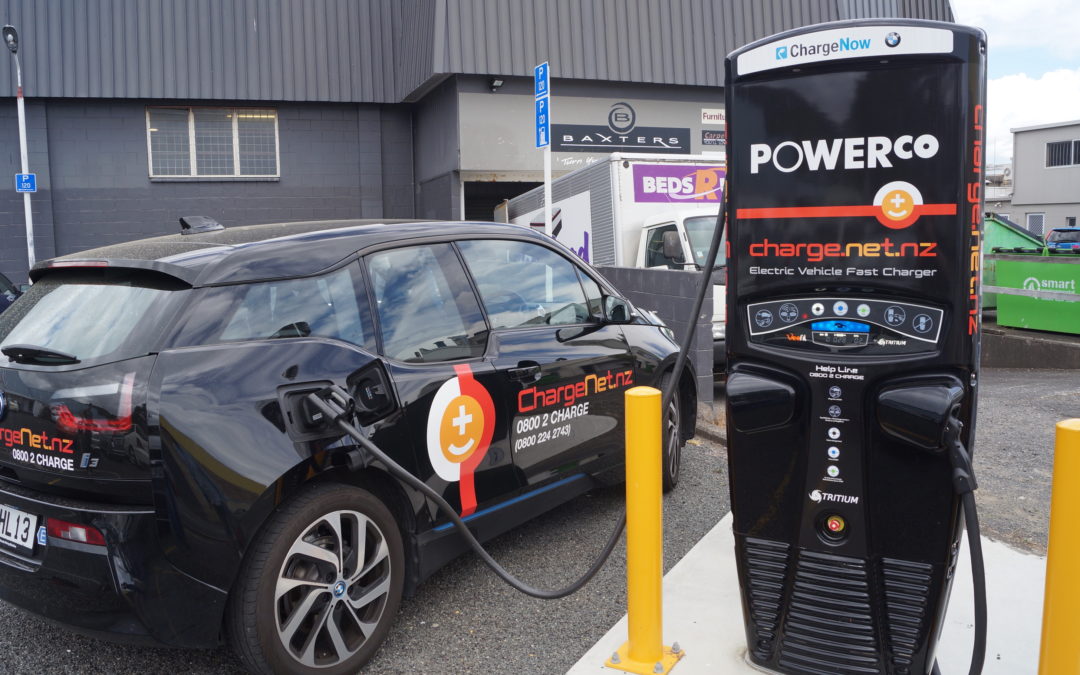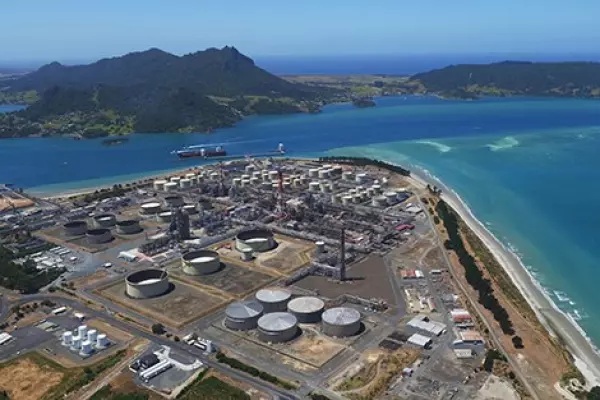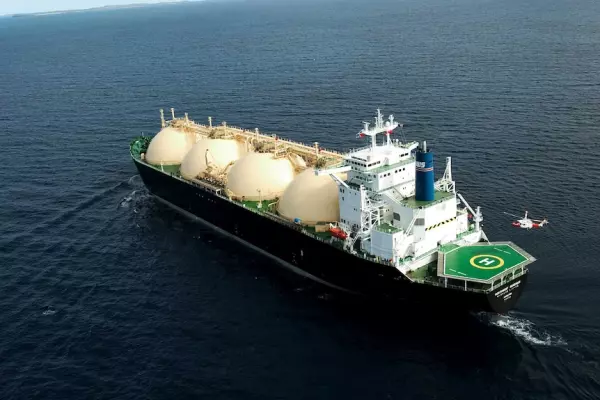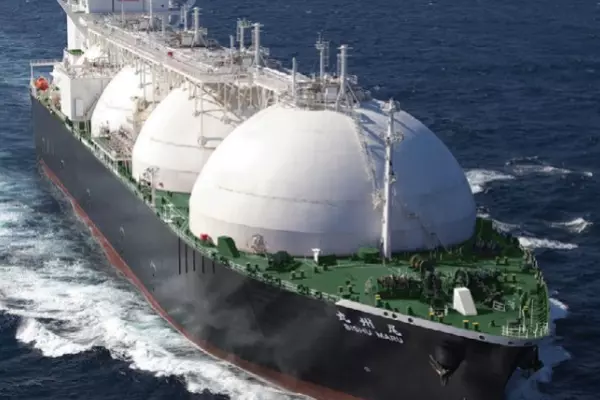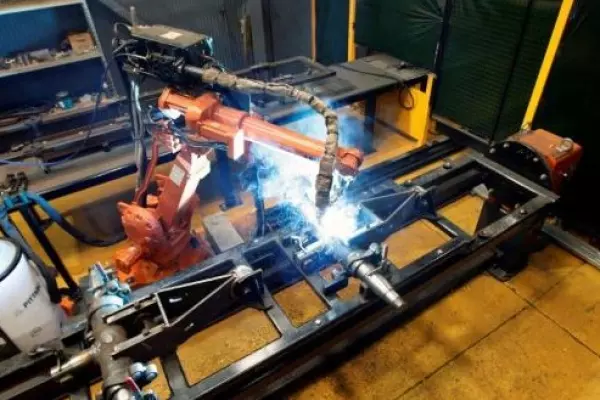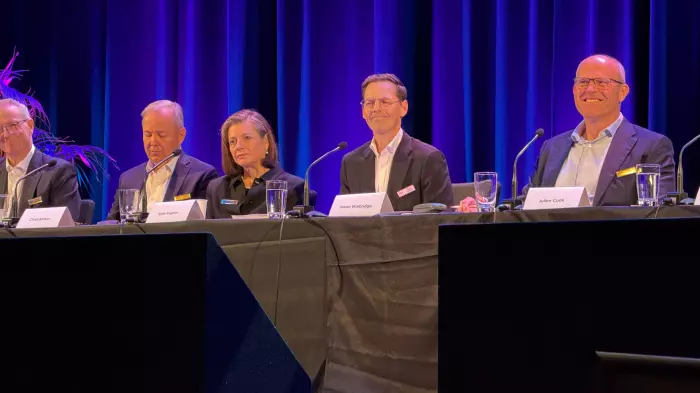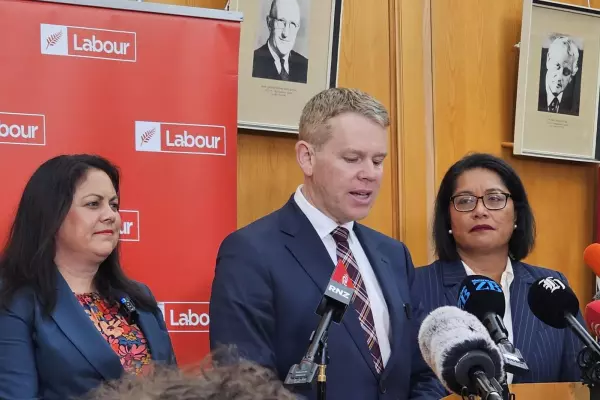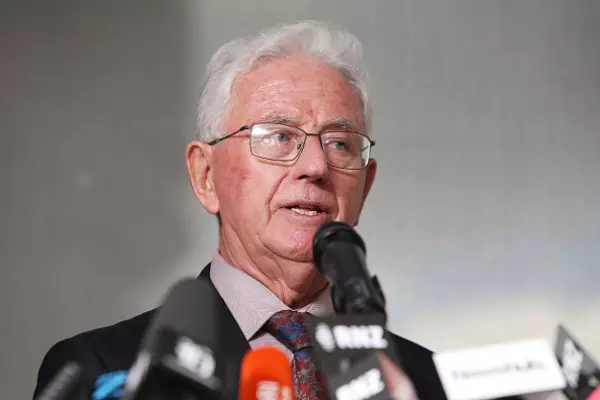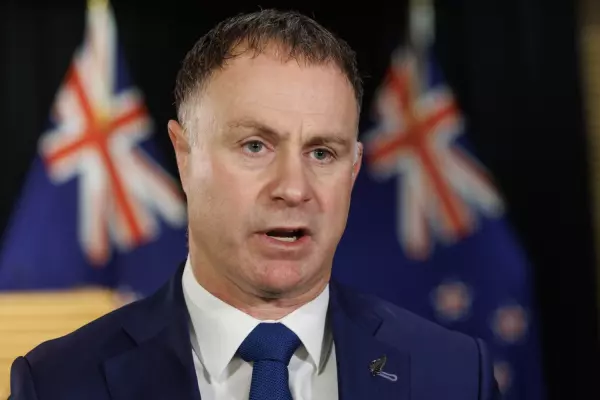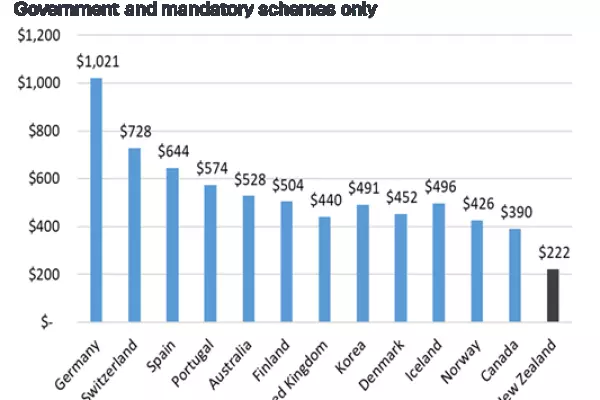The government’s climate policy confusion is writ large in the discussion papers ministers James Shaw and Megan Woods hurled at the public at 5pm last Friday before shutting their offices for Christmas.
Shaw’s paper on the emissions trading scheme calls for urgent action; Woods’ paper on renewables makes useful contributions on reducing emissions from industrial process heat, but then diverts into rambling discussions on everything from transmission pricing, to resource management law reform and offshore wind farms.
Alarmingly, there is no discussion of how to encourage greater take-up of electricity and biofuels in transport – the second largest and fastest growing source of emissions in New Zealand after agriculture.
Transport accounts for about 20 percent of this country’s emissions, yet the Ministry of Business, Innovation and Employment was still able to spend 133 pages discussing process heat and electricity which contribute only about 8 percent and 5 percent respectively.
A note on page 13 of the MBIE paper shows just how bad that electric vehicle policy vacuum has become since Associate Transport Minister Julie Anne Genter announced the government’s unambitious feebate scheme in July.
Out of scope
Transport, it notes, is outside the scope of the discussion paper, but is being worked on by MBIE, the Energy Efficiency & Conservation Authority, the Ministry of Transport, the New Zealand Transport Agency, the Electricity Authority, the Commerce Commission and Worksafe.
“An EV interagency working group is discussing and working through the different agency interests and perspectives on EV charging, and building a better understanding of each other’s existing work programmes.”
Wow. Five months after the policy was announced - and two years into government – officials are still trying to understand each other’s work programmes on EVs.
This is what happens when a loose collection of election slogans is stapled together in the guise of robust energy and climate policy. The easy things - building renewables – get done because they were always going to happen. The hard things – actually reducing emissions – languish.
Low-hanging fruit
Electric vehicles are the lowest of low-hanging fruit when it comes to emission reduction and also offer big potential savings on fuel and maintenance for many homes and businesses.
We have more than 18,000 on the road already, having added about 6,500 in the past 11 months. But that rate is flattening off, not helped by a weaker exchange rate.
As this government and its predecessor were told - we are a nation of second-hand car buyers. The only way to get EVs into New Zealand garages in material numbers is to encourage businesses and government agencies to buy them and then pass them on.
But to date, this government has been busier demonising heavy industry, oil and gas and agriculture – the “major polluters” who Shaw says must be made to pay.
It has resisted calls to change fringe benefit tax rules on fleet cars to encourage EV take-up or to force the oldest and heaviest emitting cars off the road.
It has adopted a new low-emissions procurement standard for government agencies to have its fleet emissions-free by ….. 2026. Where practicable.
Distraction
If that lack of ambition wasn’t enough, the government persists – in a classic cart-before-horse scenario - with its target of having 100 percent renewable power generation by 2035, despite specific advice from the Interim Climate Change Committee against it.
Building renewables – rather than emission-reduction – has thus become a distracting solution looking for a problem to fix.
In the discussion paper, hobby policies, like large-scale hydrogen production, get mangled up with policy guilt at the wrecking ball the government’s exploration ban took to the Taranaki economy.
Why else would officials seriously ask whether we should be prioritising offshore wind development in Taranaki, having pointed out in the same document that it is “substantially” higher cost than onshore wind, would require about 1,000 megawatts in scale to be viable and that the output from such a project would be surplus to the country’s electricity needs into the medium term?
Answer: “Both hydrogen production by electrolysis and offshore wind are technologies within scope of the Transition Pathway for the Taranaki 2050 vision and could be investigated by the National New Energy Development Centre in the region.”
Sigh.
Nobody said emissions reduction would be easy, but it shouldn’t be as hard as this.
If our elected politicians can’t start delivering policy that will actually help reduce emissions across the economy – at lowest cost to consumers – they should get out of the way and just let MBIE, EECA and industry get on with it.


